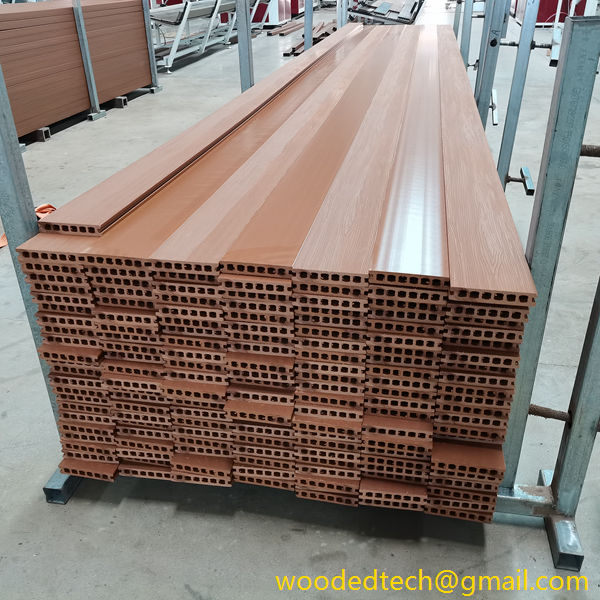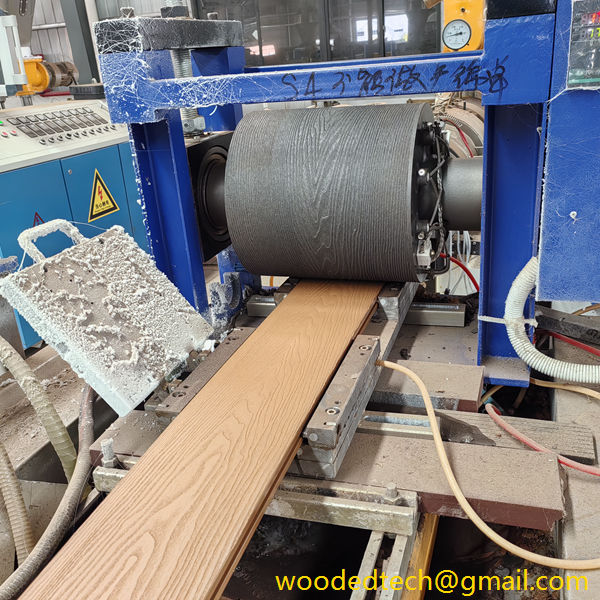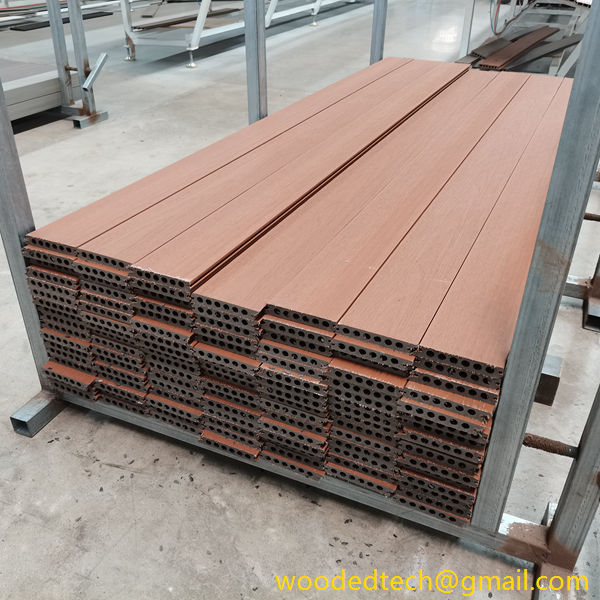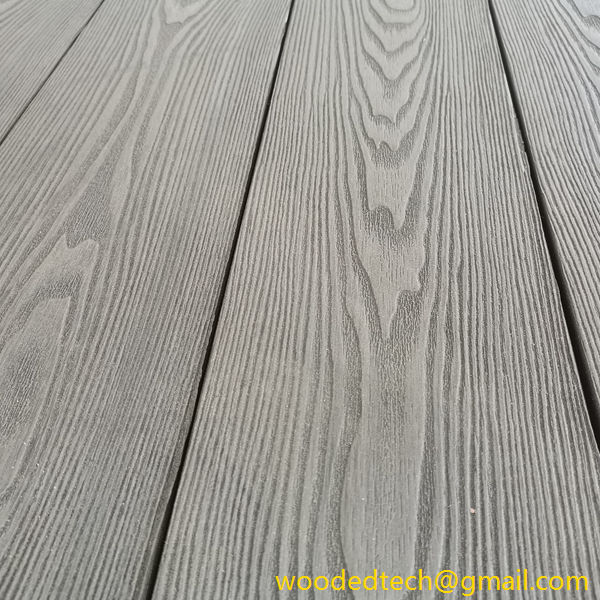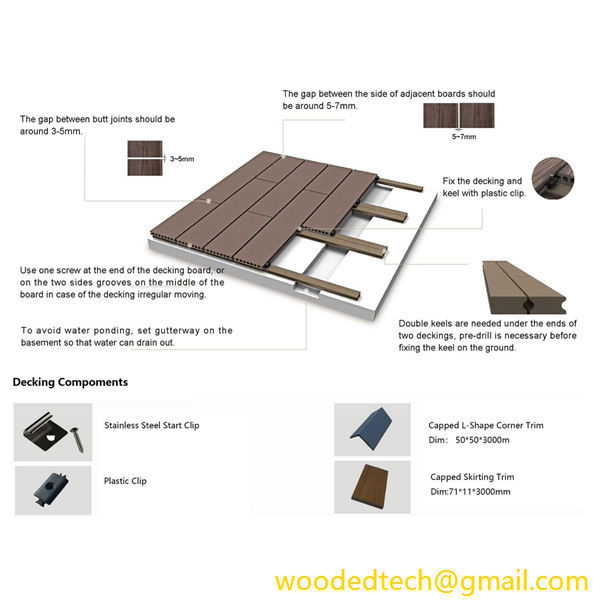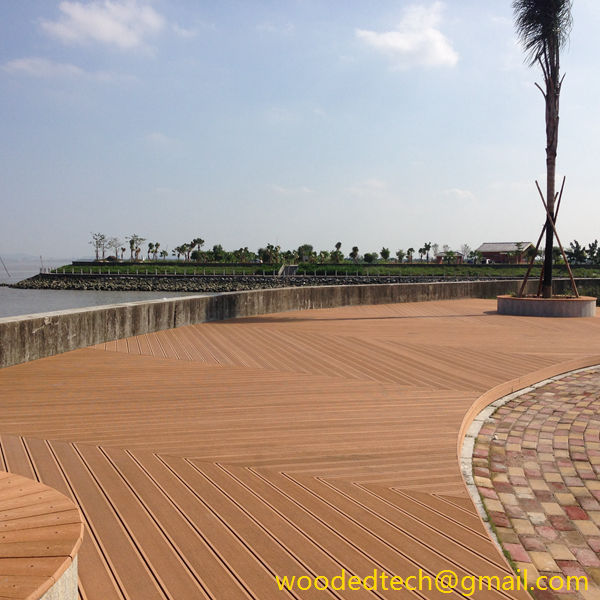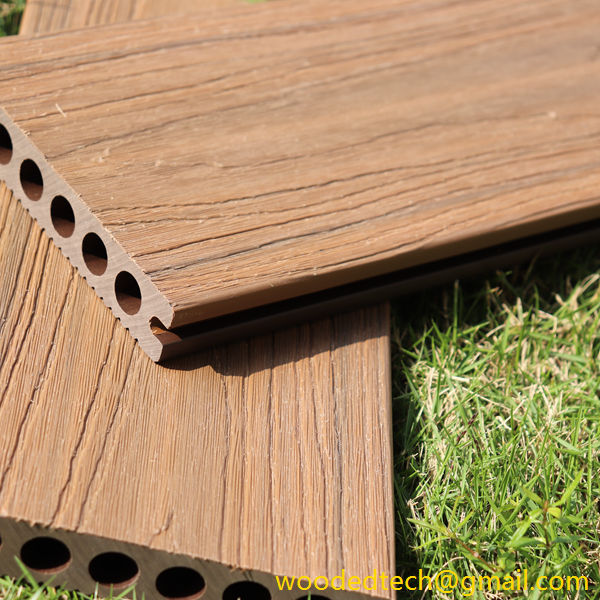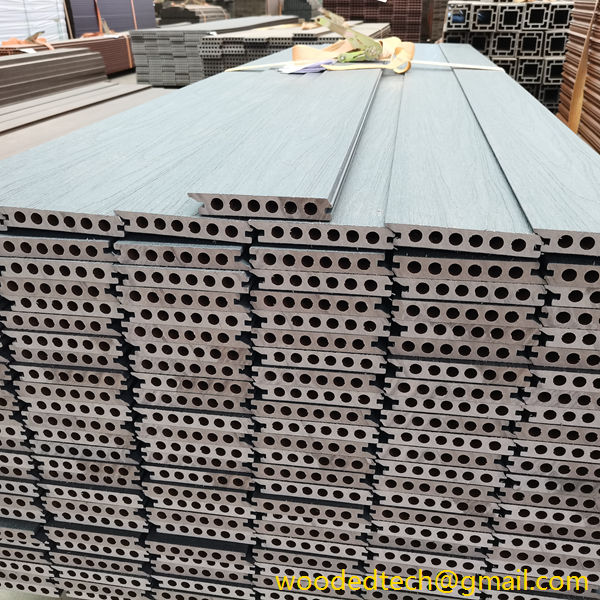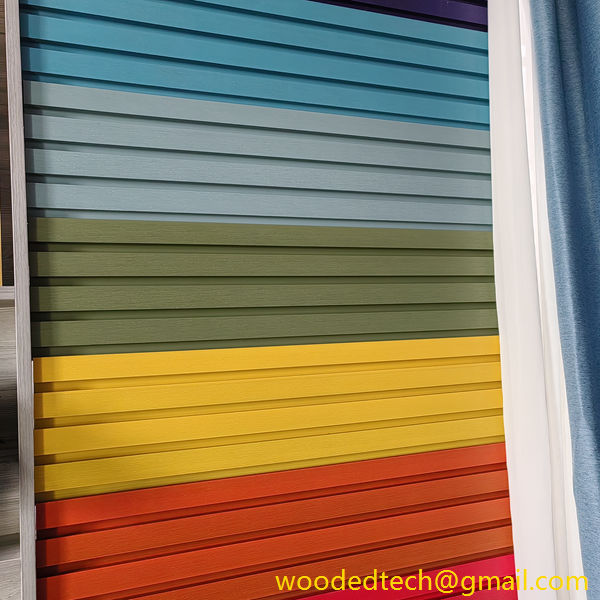Discover the Advantages of WPC in Flooring for Your Home
Discover the Advantages of WPC in Flooring for Your Home In recent years, the demand for versatile and durable flooring options has surged, leading homeowners and builders alike to explore new materials that combine beauty with functionality. One such innovative solution that has gained significant traction is Wood Plastic Composite (WPC) flooring. As we delve…
Discover the Advantages of WPC in Flooring for Your Home
In recent years, the demand for versatile and durable flooring options has surged, leading homeowners and builders alike to explore new materials that combine beauty with functionality. One such innovative solution that has gained significant traction is Wood Plastic Composite (WPC) flooring. As we delve into the advantages of WPC flooring, it’s essential to consider the cost advantages presented by the production areas in China, which have become pivotal in making this flooring option accessible and affordable for a wide range of consumers.
WPC flooring is a blend of wood fibers and thermoplastics, resulting in a product that offers the aesthetic appeal of hardwood while providing enhanced durability and resistance to moisture, mold, and pests. This combination makes WPC flooring an ideal choice for various settings, including homes, commercial spaces, and even outdoor environments. However, what truly sets WPC flooring apart is its cost-effectiveness, particularly when produced in regions like China, which have established themselves as leaders in manufacturing.
One of the primary advantages of WPC flooring is its cost efficiency. When compared to traditional hardwood flooring, WPC offers a more affordable alternative without sacrificing quality or appearance. The production costs in China are significantly lower due to several factors, including access to raw materials, advanced manufacturing techniques, and economies of scale. These advantages allow manufacturers to produce high-quality WPC flooring at a fraction of the price of solid hardwood or even laminate options.
China’s production facilities benefit from a well-established supply chain for both wood fibers and thermoplastics. This efficient sourcing of materials reduces transportation and logistics costs, which ultimately contributes to lower retail prices for consumers. Additionally, Chinese manufacturers have invested heavily in advanced technologies and automation, further streamlining the production process and reducing labor costs. These savings are often passed down to the consumer, making WPC flooring an attractive option for budget-conscious homeowners.
The versatility of WPC flooring adds to its cost advantages. Homeowners can choose from a wide array of styles, colors, and textures, allowing them to achieve the desired aesthetic without the high costs associated with traditional materials. The ability to mimic the look of natural wood and stone means that consumers can enjoy the beauty of these materials without the associated maintenance costs.
Moreover, WPC flooring is designed to be easy to install, often featuring click-lock systems that eliminate the need for glue or nails. This ease of installation not only saves on labor costs but also allows homeowners to take on DIY projects, further reducing overall expenses. The time-saving aspect of WPC flooring installation cannot be understated, as quicker project completion means less disruption to daily life and reduced costs associated with prolonged renovations.
WPC flooring is renowned for its durability, making it an excellent investment for homeowners. Unlike traditional wood, which can warp, crack, or fade over time, WPC is resistant to moisture and humidity, making it suitable for areas prone to spills or dampness, such as kitchens and bathrooms. This durability translates into long-term savings as homeowners will spend less on repairs and replacements.
Additionally, the maintenance costs associated with WPC flooring are minimal. Unlike hardwood, which requires regular refinishing and special cleaning products, WPC can be easily cleaned with a damp mop and does not require waxing or sealing. This low-maintenance requirement further solidifies the appeal of WPC flooring for consumers looking to minimize their upkeep expenses.
In today’s eco-conscious market, the environmental impact of flooring materials is a significant consideration for many homeowners. WPC flooring is often marketed as a more sustainable option compared to traditional hardwood. Many manufacturers utilize recycled materials in their production processes, contributing to a reduced carbon footprint. The combination of wood fibers and plastic not only uses less wood than conventional hardwood flooring but also helps in preserving forests.
Chinese manufacturers are increasingly focusing on sustainable practices, which enhances the appeal of WPC flooring among environmentally conscious consumers. By opting for WPC, homeowners not only enjoy a cost-effective solution but also contribute to a more sustainable future.
In summary, the cost advantages of WPC flooring, particularly from production areas in China, make it an attractive option for homeowners seeking a blend of aesthetics, durability, and affordability. With lower production costs, diverse design options, ease of installation, and minimal maintenance requirements, WPC flooring stands out as a leading choice in modern flooring solutions. As the market continues to evolve, the benefits of WPC are likely to solidify its position as a go-to flooring option, making it a wise investment for any homeowner looking to enhance their living spaces. By choosing WPC, consumers can achieve their desired look without breaking the bank, all while enjoying the numerous benefits this innovative material has to offer.

